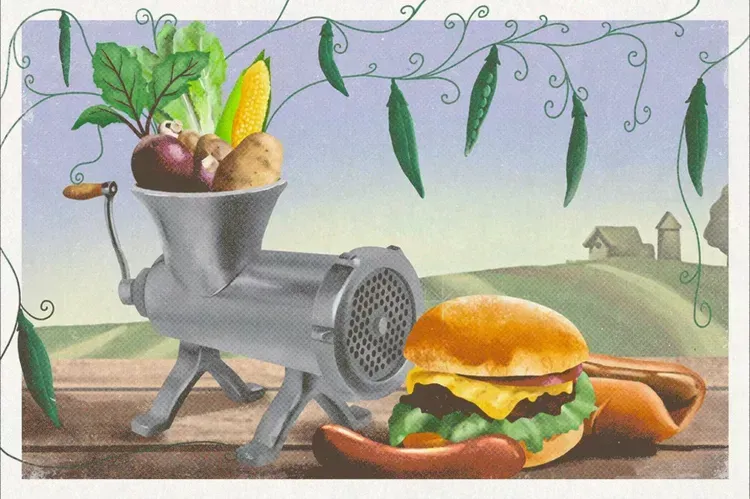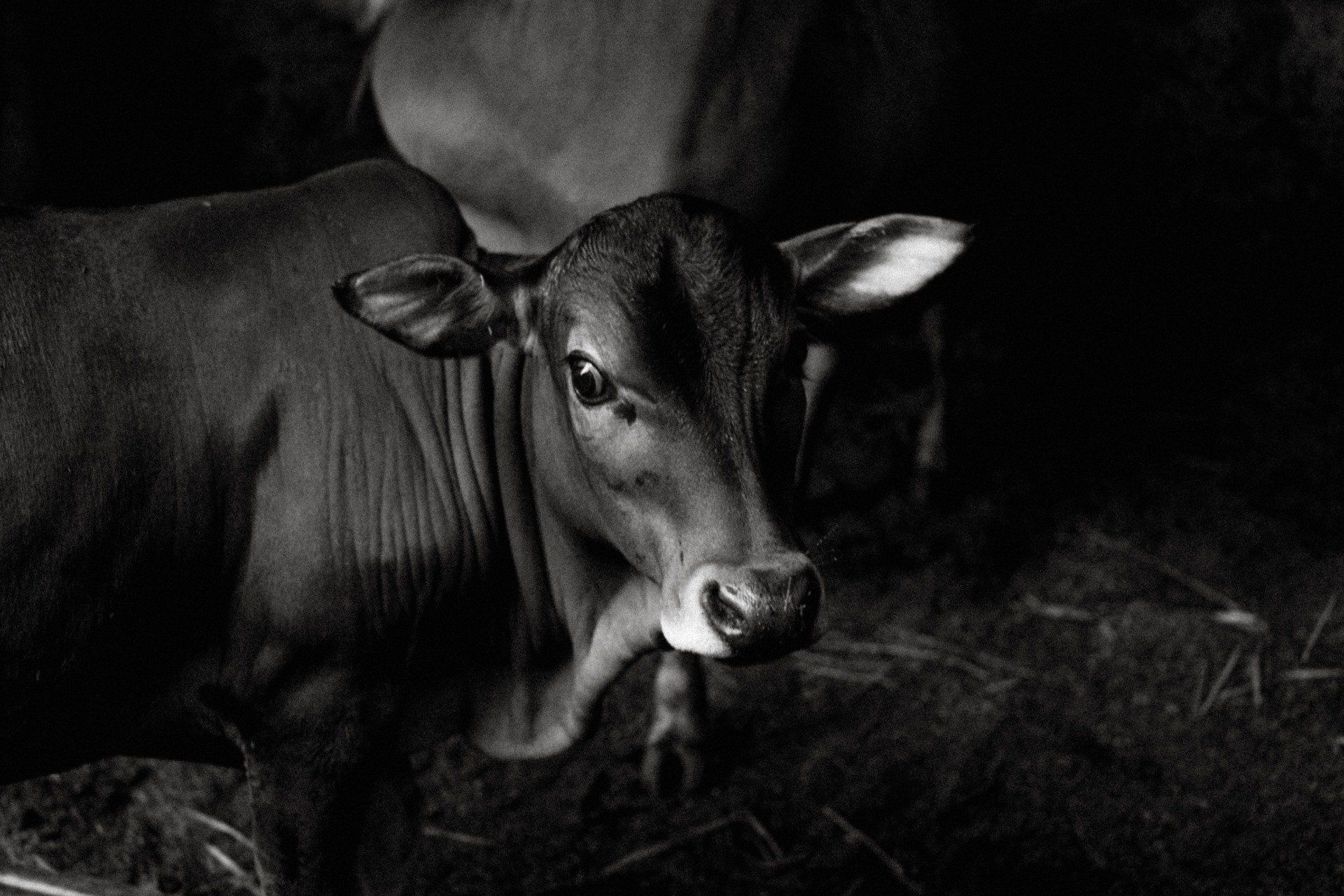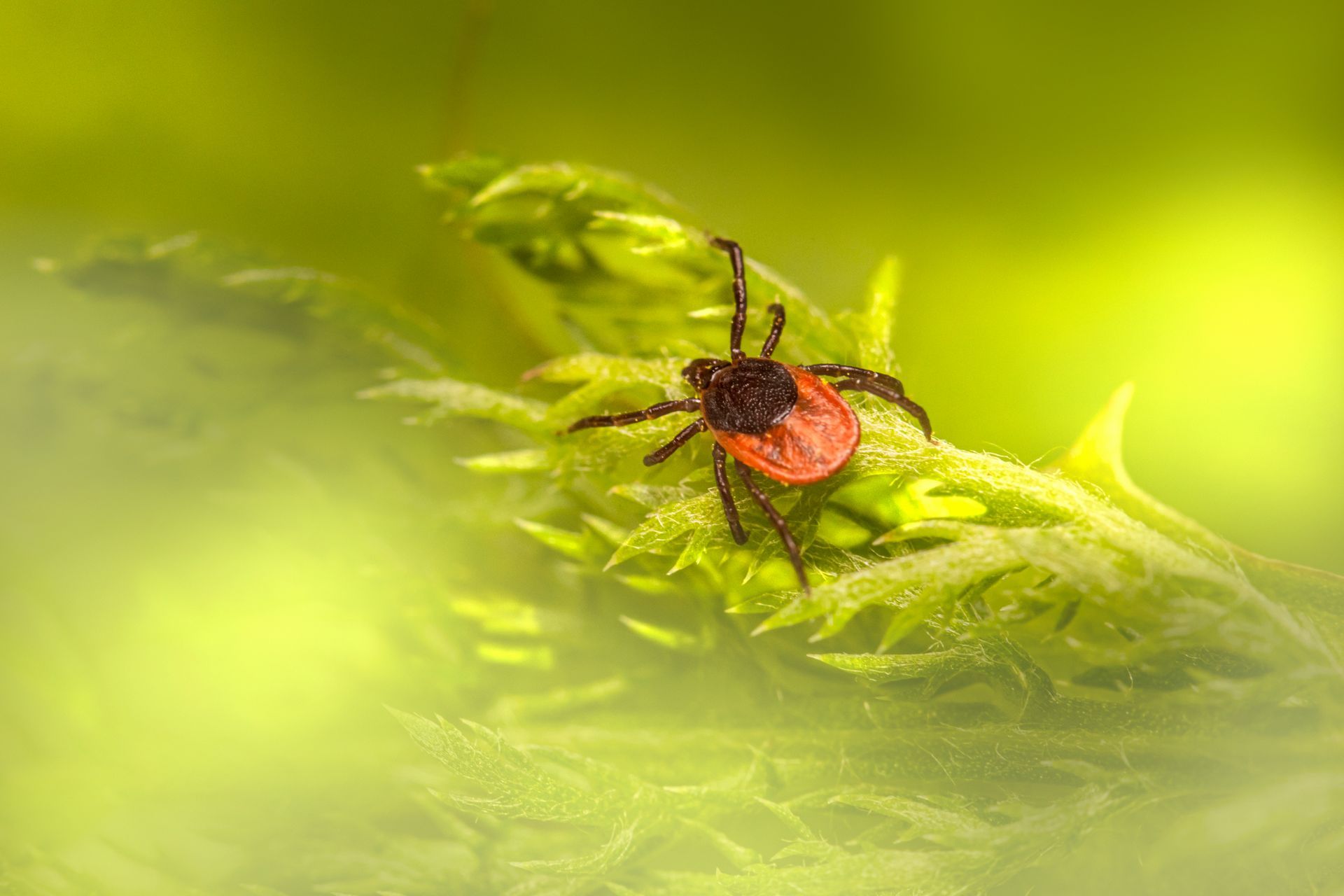HAS SPRING SPRUNG?
SPRING GRASS SOMETIMES MEANS GRASS TETANY
As they say “spring has sprung!" But it really doesn’t feel like it with these cooler temperatures and gloomy wet days we have been having lately. As we know it, summer is on its way. Small calves, baby sheep, new colts even the birds are singing. While this paints a beautiful picture in our minds are we ready for the problems that come with this scene. Grass Tetany also known to some as Grass Staggers. It is caused by a deficiency in Magnesium in a cow’s body that may cause them to stagger, look alert and involved and often death.
In soils the fertilizer protocol can affect the mineral availability to the cattle from the grasses grown in that pasture. Some times higher levels nitrogen and potassium and lower levels of phosphorous in the soil can hinder the absorption of magnesium uptake in the plant. It is suggested that soil samples are taken to determine where your nitrogen, phosphorous and potassium (NPK) levels stand and always keep an eye on the pH of your soil. Anything under 7 on the pH scale means that your soils are acidic. Acidic soil causes deficiencies in several critical nutrients with magnesium being one of them.
Manure can also be a problem if it is over accumulated from previous grazing seasons. This can also result in decreased magnesium in the grasses produced. Manure is going to add nitrogen, organic acids and long chained fatty acids to the soil which will also result in a decrease absorption of magnesium.
Plants deficient in magnesium tend to be rapidly growing cool season grasses. Many of those cool season grasses with magnesium deficiencies tend to be the grasses we use for pasture that we are commonly using such as orchard grass, rye grass, timothy, and fescues. Suggestions of using legumes in your pasture mixes at a seeding rate of greater than 30%. Alfalfa is not normally deficient in magnesium.
Mature cattle who have produced 2 or more calves in prior calving seasons may have more issues with Grass Tetany and be more at-risk during lactation due to the magnesium uptake. Cattle require 20 grams of magnesium per day which can be acquired by consuming 3-4 ounces of mineral that as 12-15% magnesium. Monitoring of mineral will ensure that your herd is consuming the correct amount of mineral.
At Gerber & Sons, Inc. We have a few ways to work that extra magnesium into your cattle’s diet. South Eastern Ohio Mineral with Magnesium that was formulated for soil nutrient deficiencies in this area. We also have tubs, and blocks for your convenience. Contact our Sales Team if you have any questions. 330-897-6011
You might also like
Jaynie Norman


